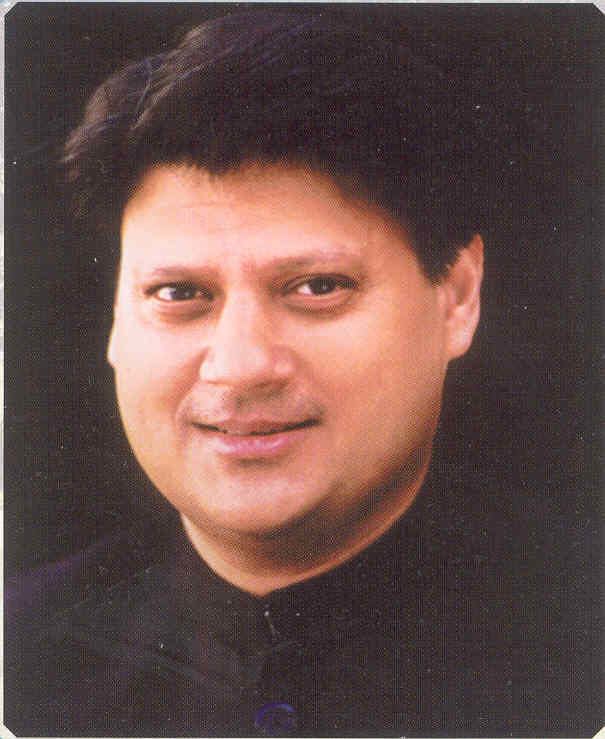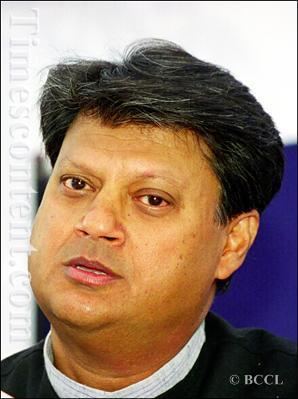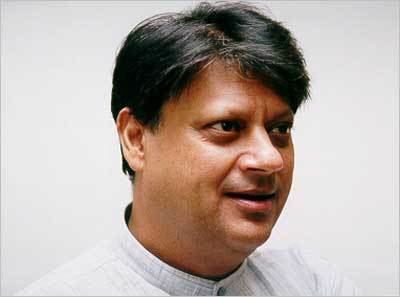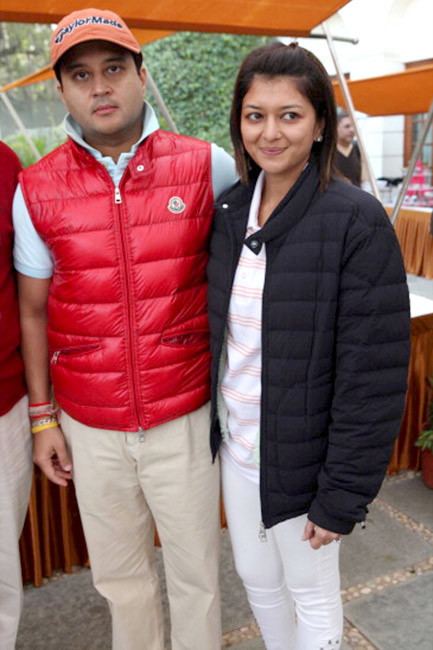Name Madhavrao Scindia | ||
 | ||
Spouse Madhavi Raje (m. 1966–2001) Similar People Vijaya Raje Scindia, Yashodhara Raje Scindia, Vasundhara Raje, Priyadarshini Raje Scindia, Rajesh Pilot Died 30 September 2001 (aged 56) Mainpuri, Uttar Pradesh, India Other political affiliations Bharatiya Jana Sangh (1971–1977) Spouse Madhavi Raje Sahib Scindia Maharaja of Gwalior 16 July 1961 – 2001 Coronation 1961 Predecessor Jivajirao Scindia Successor Jyotiraditya Scindia Minister of Civil Aviation In office (1991–1993) Prime Minister P. V. Narasimha Rao Preceded by Harmohan Dhawan Succeeded by Ghulam Nabi Azad Minister of Tourism In office (1991–1993) Prime Minister P. V. Narasimha Rao Succeeded by Ghulam Nabi Azad Minister of Human Resource Development In office (1995–1996) Prime Minister P. V. Narasimha Rao Preceded by P. V. Narasimha Rao Succeeded by P. V. Narasimha Rao Minister of State (Independent Charge) for Railways In office (22 October 1986 – 1 December 1989) Prime Minister Rajiv Gandhi Preceded by Mohsina Kidwai Succeeded by George Fernandes Member of Parliament, Lok Sabha In office (10 October 1999 – 30 September 2001) Preceded by Vijaya Raje Scindia Succeeded by Jyotiraditya Scindia Constituency Guna Member of Parliament, Lok Sabha In office (31 December 1984 – 10 October 1999) Preceded by Narayan Shejwalkar Succeeded by Jaibhan Singh Pavaiya Constituency Gwalior Member of Parliament, Lok Sabha In office (15 March 1971 – 31 December 1984) Preceded by Acharya Kripalani Succeeded by Mahendra Singh Kalukheda Constituency Guna Nationality Indian | ||
shrimant madhavrao scindia
Maharaja Madhavrao Jivajirao Scindia (10 March 1945 – 30 September 2001) was an Indian politician and minister from the Indian National Congress. Earlier, in 1961, he had become the titular Maharaja of Gwalior being a descendant of the Scindia dynasty of the Marathas. However, in the 26th amendment to the Constitution of India promulgated in 1971, the Government of India abolished all official symbols of princely India, including titles, privileges, and remuneration (privy purses).
Contents
- shrimant madhavrao scindia
- Vansh Journey of Indias Scindia Royal Family Dynasty
- Early life
- Electoral victories
- Ministerial appointments
- Rebellion and return
- Styles
- Death
- References

Vansh: Journey of India's 'Scindia Royal Family' Dynasty
Early life

Scindia was born to the last ruling Maharaja of Gwalior, Jivajirao Scindia. He underwent his schooling in Scindia School, Gwalior and thereafter went for higher studies in Winchester College and at New College, Oxford.

His son Jyotiraditya Scindia
On his return from the UK, Scindia followed the political tradition set by his mother Rajmata Vijaya Raje Scindia by joining politics. He was elected to the Lok Sabha (the lower house of the Indian parliament) in 1971 from Gwalior. After Indian independence in 1947, the former princely state of Gwalior acceded to the Union of India and became part of the new state of Madhya Bharat, which in 1956 was merged into Madhya Pradesh.
Electoral victories
A nine-term member of the Lok Sabha, Madhavrao Scindia never lost an election since 1971, when he won for the first time from Guna constituency at the age of 26. He contested the election on the ticket of Jan Sangh, a party that his family had long patronised. In the 1977 election after the emergency was lifted, he contested from Guna constituency as an Independent candidate and still won the seat a second time in spite of the wave in favour of Janata Party (Bhartiya Lok Dal-BLD). In the 1980 election, he switched allegiance to Indian National Congress and won from Guna a third time. But in 1984, he was nominated as the Congress candidate from Gwalior in a last-minute manoeuvre to defeat the Bharatiya Janata Party's Atal Bihari Vajpayee, and won by a massive margin. After that Scindia contested from either Gwalior or Guna and won on each occasion...
Ministerial appointments
The 1984 election brought Scindia his first experience as a Minister. He made his mark as an excellent administrator during his stint as Railways Minister (22 October 1986 – 1 December 1989) in the Rajiv Gandhi Ministry.
Prime Minister P. V. Narasimha Rao made him Minister for Civil Aviation. He faced a turbulent period of agitation by the staff of the domestic carrier, Indian Airlines, and as part of a strategy of disciplining the workforce he leased a number of aircraft from Russia. Early in 1992 one of these aircraft crashed, though without any loss of life, and Scindia promptly submitted his resignation. Although not known to be too finicky about such notions as ministerial accountability, the prime minister accepted his resignation. Scindia was later reinducted into the Cabinet in 1995 as Minister for Human Resource Development. Scindia is also accredited with set up of Indian Institute of Information Technology and Management (IIITM) at Gwalior as an institution of repute, which got renamed after Atal Bihari Vajpayee as ABV-IIITM.
Rebellion and return
In 1996, he along with Arjun Singh and other Congress dissidents had the opportunity to be part of the United Front (U.F.) government at the Centre. Although his Madhya Pradesh Vikas Congress was part of the U.F., Scindia himself opted to stay out of the Cabinet. He was the President of the Board of Control for Cricket in India from 1990 to 1993.
Styles
Death
Madhav rao Sindia died in a plane crash on the outskirts of Mainpuri district of Uttar Pradesh on 30 September 2001. All eight people on board the private plane died in the crash: this included his personal secretary Rupinder Singh, journalists Sanjeev Sinha (The Indian Express), Anju Sharma (The Hindustan Times), Gopal Bisht, Ranjan Jha (Aaj Tak), pilot Ray Gautam and co-pilot Ritu Malik.The autopsies were conducted and other legal formalities completed at AIIMS New Delhi by Professor T D Dogra. His son Jyotiraditya Madhav rao Sindia was symbolically anointed as the head of the family.
